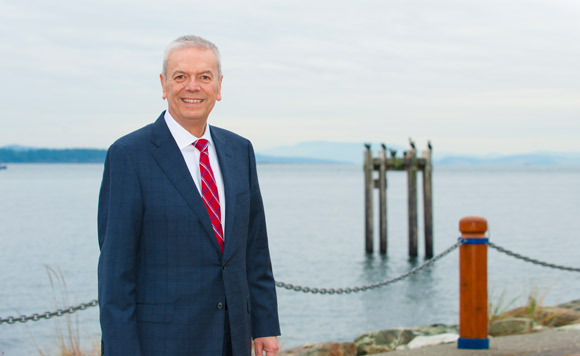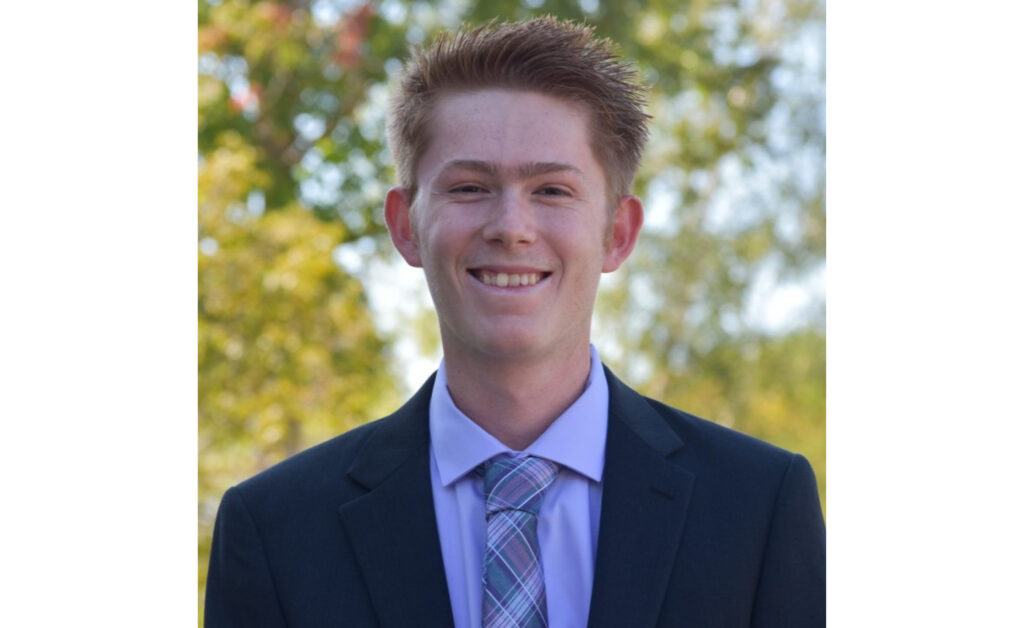You have been practising law for over 30 years, what are some of the most significant changes in your profession in that time?
Considerable changes in the practice of law have occurred and those have been technology driven. While the computer has aided in an explosion of information it has revolutionized the practice of law. I have about 40 lawyers and support staff in our Victoria and Sidney offices and there is not a single typewriter in use.
We’re discussing finances and planning this month. Considering that 35 percent of Canadians do not have any savings or investments and over 33 percent of Canadians find it difficult to keep on top of their finances, how important do you think the appointment of Jane Rooney, Canada’s first Financial Literacy leader, is?
The position of Ms. Rooney is significant. The Financial Consumer Agency of Canada was established in 2001 to expand consumer education. That is worthwhile and should be operated in conjunction with the public at large, the private world such as banks and perhaps most significantly with our public and private school systems. I do believe that education of our young people needs to be modified to include more resources aimed towards spreading the financial knowledge required during that young person’s lifetime, as well as those of their parents and loved ones.
As executor of my mother’s estate I’m currently learning the many intricacies of will and estate planning. Research shows that as many as 84 percent of Canadians have named a friend or family member as executor with about 80 percent of these people having no experience in administering a will. As an executor you have the responsibility for making funeral arrangements, filing individual and estate tax returns, assessing the value of estate assets and liabilities, accounting for the estate financial activities and collecting insurance proceeds. Do you have any advice for readers?
I always recommend that professionals be retained to assist in the administration of the Estate. This is a specialized area and one cannot assume that everyone has the knowledge to complete the required duties without professional help, especially during a time of grieving or occasionally family disputes. Remember that professionals are insured against negligence or errors, which most individuals are not.
Often when we think legacy, it’s something that is left behind after a person has passed. As the saying goes, “you can’t take it with you when you die”: when our lives come to an end, it won’t matter how much was in the bank, or how many cars we owned, it will be “what impact did I make on the lives of people who crossed my path?” If you were to evaluate the last 10 years of your career and its various stages, what is the story you would tell others about
your legacy?
My plan will be for me to ultimately be remembered as an educator in my chosen field and a person that generally passed on points of view which were beneficial to the knowledge base of my clients and associates. I believe that planning and education are the keys to legacy building.
We often talk about our plans for retirement and we spend a good portion of our lives saving money in retirement accounts so we can maintain our lifestyle in our later years. But planning for the future isn’t just about retirement; we also need to plan for what comes after retirement – end-of-life planning. Do you think there is an educational gap between legacy and estate planning?
Yes. I do believe that society has done a better job in teaching retirement planning than it has with end-of-life planning. There should be more of a tie-in between the two. The two planning cycles are very often compatible with each other and should both be discussed with planning professionals. There is a lot more to it than simply providing for an adequate pension program for your later years and may involve discussions with your legal advisors, your accountants and other financial advisors. Again, I believe this should all start with our educational curriculums provided at the high school level.
In this issue we are also discussing ‘caregiving’ planning. Many of us mistakenly believe that the government will care for us in old age. However the surging number of seniors, followed by 10 million aging boomers, will require more health-related services including long term both at-home and in care facilities. Why is it important for us to understand what’s involved and how can we plan for this financially for our own and our loved ones’ future care needs?
We have reached a point where we cannot assume that governments will also be there to look after us in our old age. We must be cognizant of the fact that many of our private and public pension plans are un-funded obligations and I do believe that some of these plans will have difficulty performing to their desired levels in the years to come. It therefore is crucial that we educate, plan and execute a sensible estate plan independent of what you may receive from your work related private pension or the pensions offered by the Federal Government.
Most of us learned as children that sharing is a good thing, we didn’t know we were practising philanthropy, we just knew that giving to other people made us feel good. The Saanich Peninsula Hospital Foundation, a vital part of our community, has raised over 26 million dollars for equipment, facilities and programs at the hospital. As President of the Saanich Peninsula Hospital Foundation you’ve seen how important local support is. What can you say to our readers about how important this type of generosity is?
The Saanich Peninsula Hospital Foundation has recognized that the government will not always have the resources available to fund the needs and desires of the citizens of the Peninsula. Eight major projects have been completed including a new Emergency Room, two new operating rooms, a Chapel, a post recovery room and countless pieces of much needed equipment such as a new CT Scanner which will soon be arriving at the Hospital. The Foundation is not a branch of the Government. It is an independent Society embracing the medical needs of the community in which it serves. The members are all of the donors and the donations received are crucial to the existence of an up-to-date medical facility on the Saanich Peninsula.




